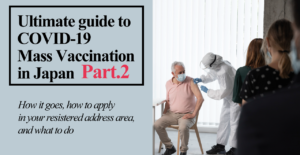AGA and Hair Loss: All You Need to Know Living in Japan
Causes and treatment for Androgenetic Alopecia in Japan

Most of us shed hair a little at a time, as a matter of fact, pretty much every day and all the time. According to the American Academy of Dermatologists (AAD), human scalps tend to lose up to 100 strands of hairs per day. So, with about 100,000 hairs on the top of your head, that is barely noticeable.
*Please note that this article contains affiliate links.
How can you tell if you are losing too much hair?
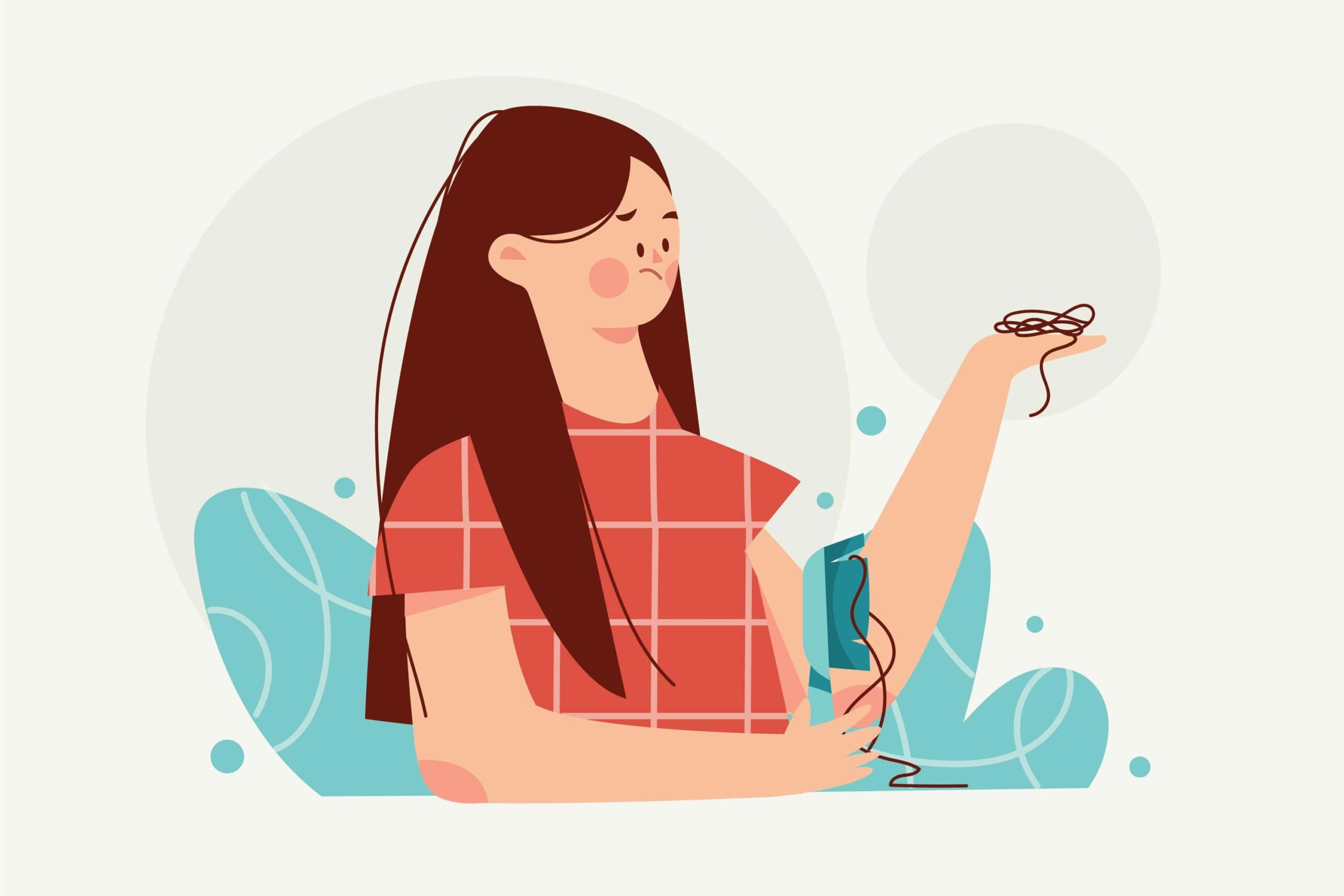
It’s practically impossible to count the amount of hair loss on any given day. But you can always perform a “pull test” on your own hair at home. Start by running your fingers through the hair, if more than chunks of hair are left in your palm after each tug, you should starting to concern.
Or if you begin to notice abnormal conditions, such as bald spots, patchiness, or even hair falling out in clumps, it’s time for you to visit your primary care physician or dermatologist at the earliest. Since they are the ones who can determine whether or not your hair loss is just normal shedding.
The stages of hair growth
Hair growth could be divided into three different stages:
- Anagen: active growth phase which could last up to 8 years
- Catagen: transition phase when hair usually stop growing, about 2-4 weeks
- Telogen: resting phase, which normally lasts about 3 months, and ends in shedding
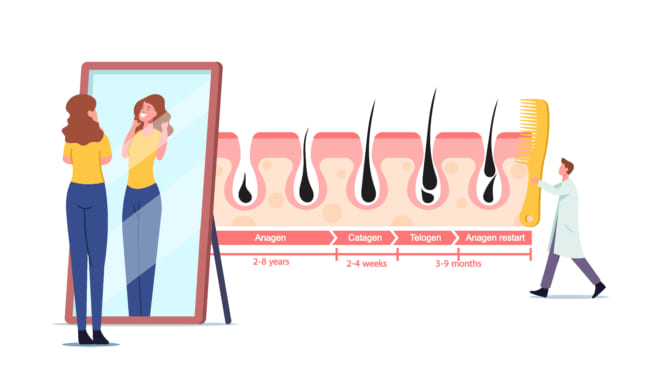
What is AGA? And how it affects your hair?
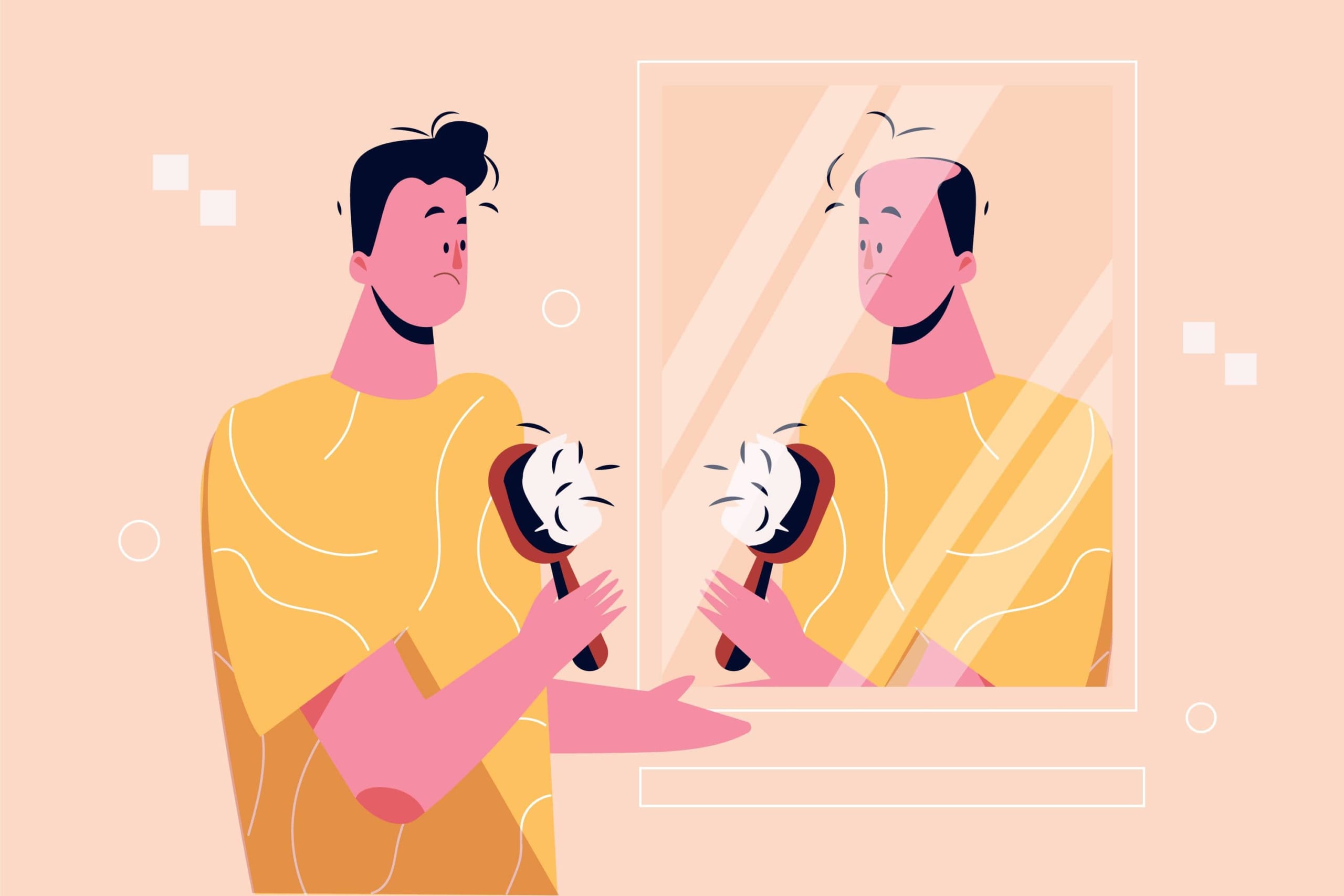
Androgenetic alopecia (AGA), unlike any other form of alopecia (hair loss), is a symptom due to an excessive response to androgens. This genetic condition can affect both men and women. In America, it’s been said to affect as much as 50 million men and 30 million women. While men tend to start losing hair on their forehead hairline, women tend to notice hair loss appearing on the top and crown of the scalp. But, unlike cases in men, it’s harder to identify when a woman is suffering from this type of alopecia, because most women with androgenetic alopecia have normal menses, normal fertility, and normal endocrine function, including appropriate levels of circulating androgens. Hair normally grows in cycles of 2 to 6 years, but for people who have AGA, these cycles are shortened to 6 to 8 months. Over time, hairs become miniaturized and progressively thinner, finer, and shorter.
How is AGA diagnosed?
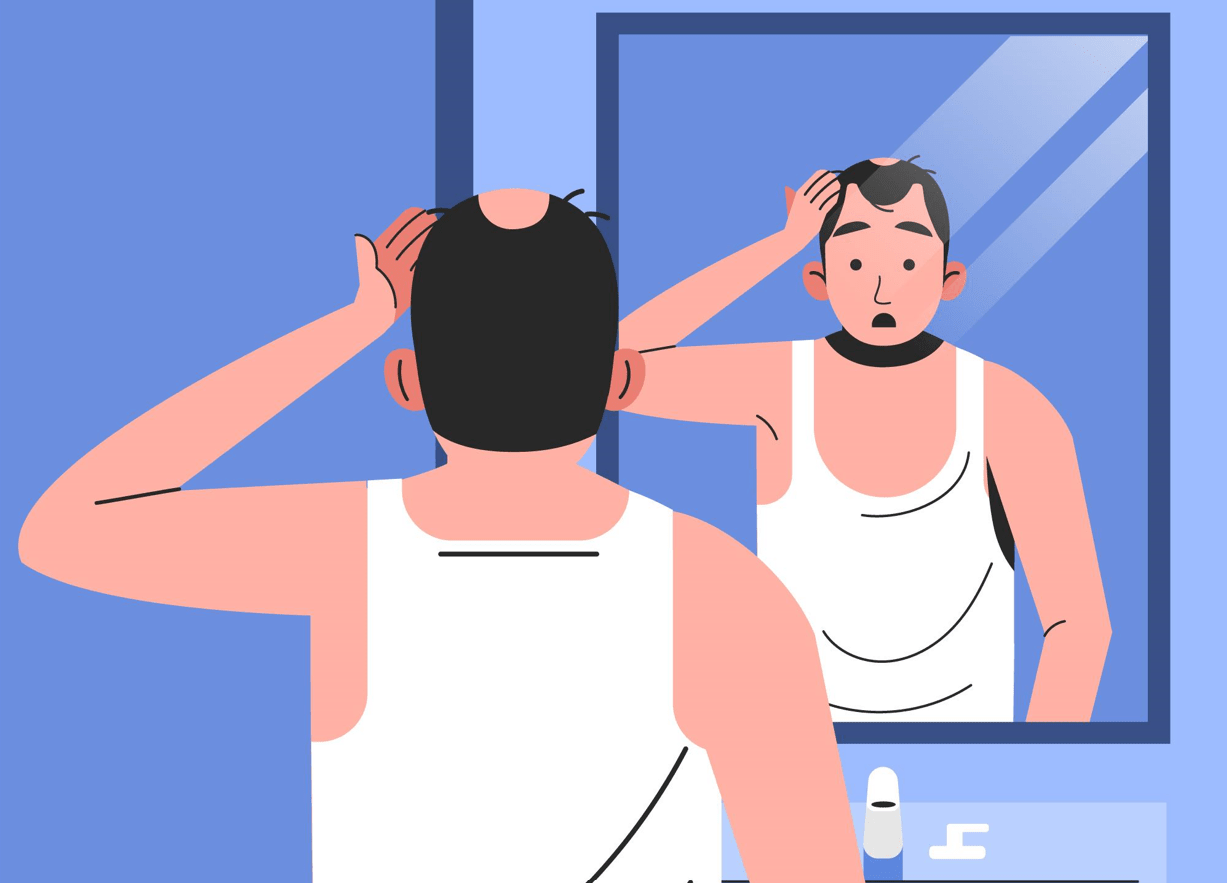
Before a precise diagnosis and try to come up with any conclusion, your dermatologist would most likely give you a physical exam and ask about your diet, daily routine, your family, and personal medical history. Following by these tests:
- Scalp biopsy: This is a short 10-20 minute office-based procedure in which your physician will take a sample of a few of your hairs and the skin surrounding those hairs. Many hair loss conditions can only be accurately diagnosed with a scalp biopsy.
- Blood test: If doctors suspect the hair loss may be due to an underlying medical condition, a vitamin or mineral deficiency, or in many AGA patients’ cases, a hormonal imbalance, they may recommend you to go through one or few blood tests.
- Light microscopy: Hair roots could be evaluated under light microscopy, this method allows doctors to determine the number of hairs in the different phases of the hair cycle.
What are my treatment options?
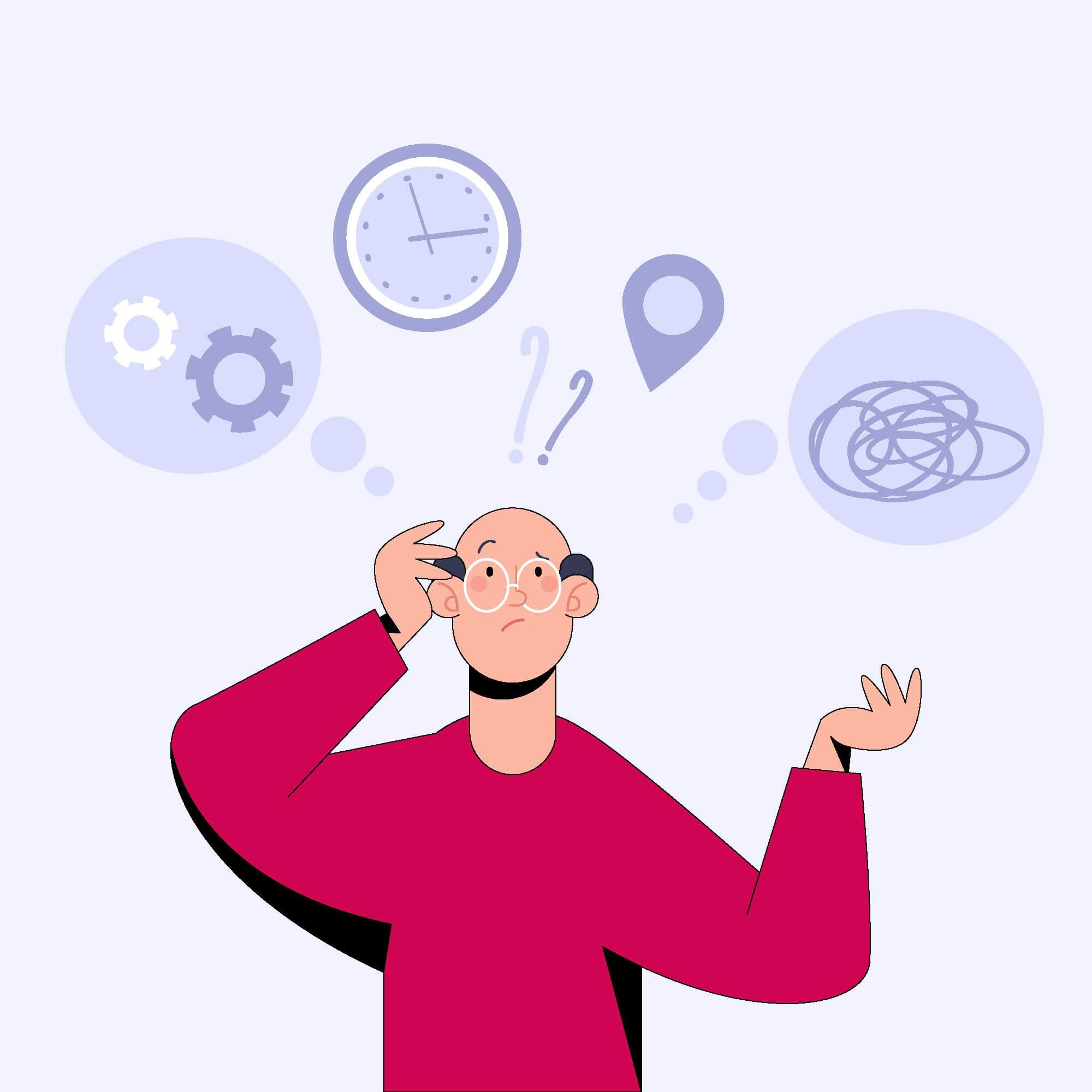
You can’t really prevent your hair from losing and falling as you age, but some effective treatments and remedies could help to slow down the process.
Medication (Prescription Over-the-counter drugs)
There are two drugs: Minoxidil and Finasteride. These have been approved by the United States Food and Drug Administration (FDA) for androgenetic alopecia.
- Minoxidil (Rogaine): Based on the experience of clinical practice, this over-the-counter (OTC) drug is known to work for around two-third of patients who apply it, according to the Mayo Clinic. Apply it on your scalp twice a day could prevent hair loss and help your hair to grow again.
- Finasteride (Propecia): A prescription drug could actually help slow hair loss and even promote new growth. One big difference is, while you can buy Rogaine foam or solution in your nearby grocery store, Propecia here, is a pure prescription pill which it’s only available to get it from your doctor.
Medical Procedures
- Hair grafting: This is actually a surgery that involves transplanting hair follicles from one area of the head (donor area) to the thinning area (recipient area). Basically, the whole procedure will take 4 to 8 hours, and could bring you long-lasting results.
- Laser therapy: Also referred to as cold laser therapy, this treatment has been proven effective for treating hair loss. It’s widely accepted that the procedure is tolerable, safe, and less invasive than hair grafting surgery. Some studies have shown that it did improved hair density dramatically.
Alternative remedies
Considering hair is made up of skin cells and keratin. There is no method that could make your hair grow faster in one night, but there are steps you can take to keep your hair shiny and healthy. Whether you’re looking for an affordable at-home option like shampoo, or are open to a more drastic treatment, we’ve got the scoop on how to build up more fluffy hair.
| Nutrient | Method | How it works |
| Sulfur | Onion(juice) | A small number of studies show, people with alopecia areata, rub onion juice on their scalp twice a day, had regrown some of their hair. |
| Iron | Meats, fish, broccoli, and many kinds of greens | Iron is a crucial nutrient for making blood cells and low levels of it are linked to hair loss. |
| Biotin | Wheat germ, mushrooms, and eggs | Some doctors prescribe biotin for hair loss patients and get a great result. A 2015 study also shows the relation between hair shedding and improved hair quality and strength. |
| Zinc | Red meat, shellfish, legumes, seeds, and most nuts | Zinc could strengthen the follicles under your scalp that nourish your hair. |
| Vitamin D | Salmon, sardines, cod liver oil, tuna | Many research found the linkage between vitamin D deficiency and alopecia. |
| Pumpkinseed oil | Pumpkin | One study has found that men who took four capsules of pumpkinseed oil a day for 6 months saw their hair count increase by 40% |
| Caffeine | Coffee, tea, or wash your hair with caffeine-containing shampoos | One cell study in 2014 found that caffeine may have growth-promoting effects on hair. Since it’s quite safe, maybe you should try it for yourself. |
Why is my hair falling out?
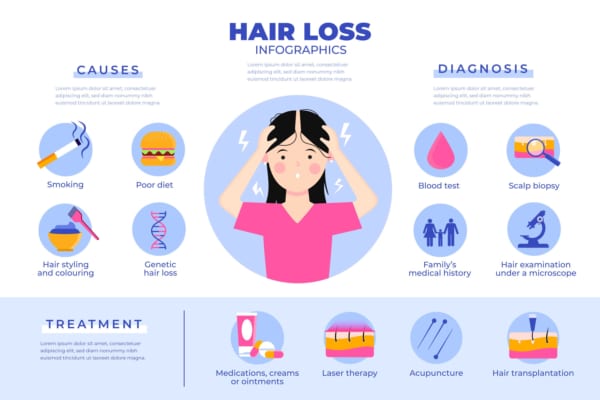
Losing hair normally doesn’t affect your appearance all of the sudden, and most shedding is temporary and may respond well to changes in diet, certain treatments, or lifestyle changes. Other losses may be more permanent or may not stop until an underlying condition is treated. But there could be a specific reason for your hair loss when you start seeing your scalp or bald spots. Let us walk you through some of the causes of hair loss:
- Stress: Both physical and psychological stress could lead to hair loss, even the hair loss itself can make you feel stress out. This is why the journal of the American Academy of Dermatology recommends assessing for anxiety and stress when diagnosing hair loss.
- Medical conditions: For instance, scalp infections, renal failure, diabetes, and lupus, luckily many of these nongenetic causes for hair loss can be successfully treated, and the hair loss averted and even reversed.
- Excessive styling: Some women prefer sleek ponytails, cornrows, or tightly pulled updos which makes them look great. But the fact is, if you wear your hair tightly pulled back too often, the constant pulling may eventually lead to hair loss.
- Hormonal changes: The most common hormone-related cause for hair loss is thyroid issues, but women could also encounter hair loss problems during pregnancy or in menopause.
- Bad daily habits: Several daily habits could somewhat restrict your hair growth, and it’s vital to stop these lifestyle choices and make changes promptly. For example, hair styling gears like straighteners, curling irons could really damage your hair. Furthermore, everyone knows smoking isn’t great for the health, but only a few people knew it’s also considered a harmful factor to your hair.
Bilingual Dermatology Clinics in Japan
From here, we will introduce to you some dermatology clinics in Japan that have bilingual services. If you feel like you need a check-up, please take the following clinics into your consideration.
1. Shinwa Clinic
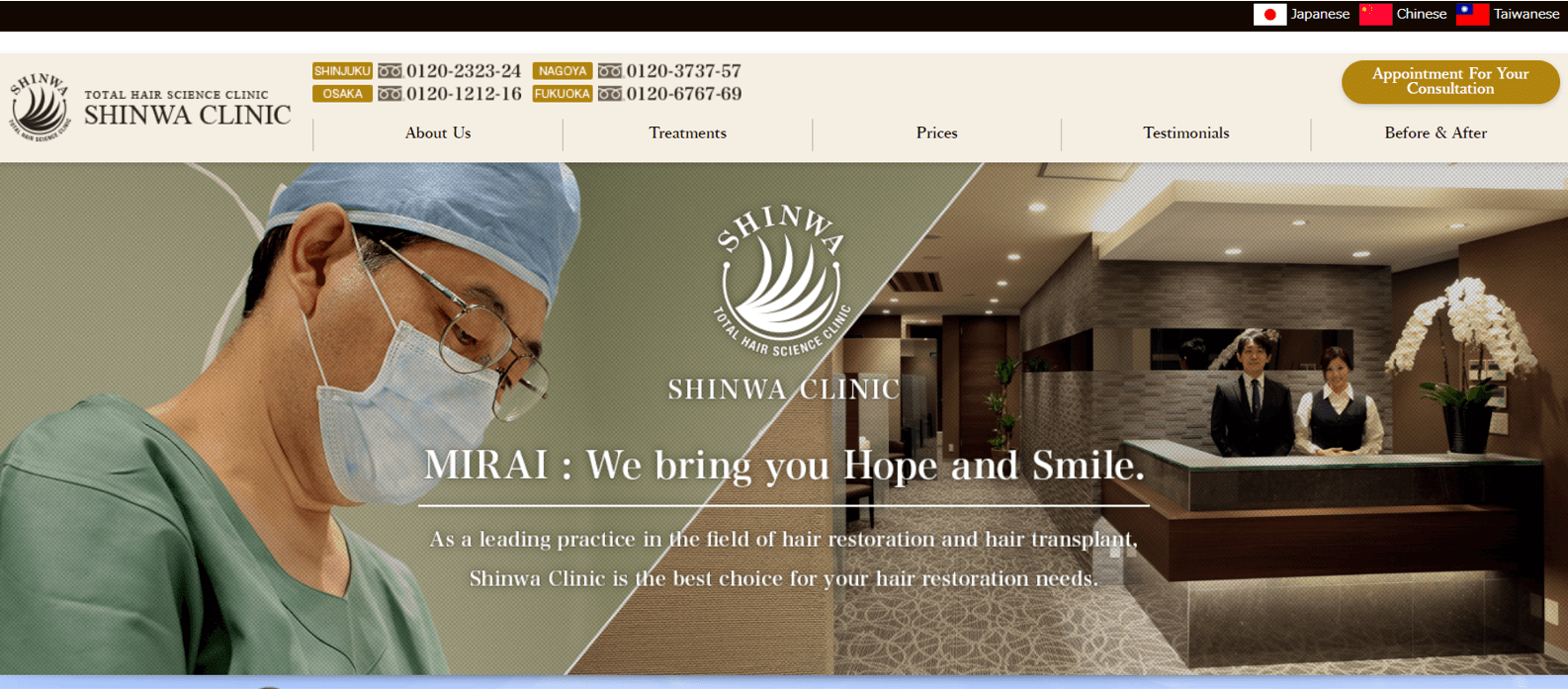
The first clinic on this list is Shinwa Clinic. Shinwa Clinic is a multi-branched dermatology clinic that offers information in English, Chinese, and Taiwanese.
They specialize in hair restoration and hair transplant, counting with specialists in various types of surgical methods such as the mirai method, natural covering mirai method, and In follicular unit strip surgery. Experience is one thing they definitely have, performing over 1,200 operations yearly.
Booking for consultation can be made in English with ease from their website.
Shinwa Clinic has 4 branches which are: Shinjuku(Tokyo), Osaka, Nagoya, and Fukuoka(see below for details).
Shinjuku Branch
Information
 Access Access |
1-minute walk from Shinjuku-Sanchome Station(Tokyo Metro Fukutoshin Line or Toei Shinjuku Line) |
|---|---|
 Business Hours Business Hours |
10:00~19:00 |
 Reservation Reservation |
Required |
 Telephone Number Telephone Number |
0120-2323-24 |
 Official Website Official Website |
https://shinwa-clinic.jp/en/ |
Osaka Branch
Information
 Access Access |
5-minute walk from Umeda Station(Subway Midosuji Line) or Osaka Station(JR Lines). |
|---|---|
 Business Hours Business Hours |
10:00~19:00 |
 Reservation Reservation |
Required |
 Telephone Number Telephone Number |
0120-1212-16 |
 Official Website Official Website |
https://shinwa-clinic.jp/en/ |
Nagoya Branch
Information
 Access Access |
5-minute walk from Nagoya Station (JR Lines), or 3-minute walk from Subway Nagoya Station. |
|---|---|
 Business Hours Business Hours |
10:00~19:00 |
 Reservation Reservation |
Required |
 Telephone Number Telephone Number |
0120-3737-57 |
 Official Website Official Website |
https://shinwa-clinic.jp/en/ |
Fukuoka Branch
Information
 Access Access |
5-minute walk from Hakata Station (JR Lines), or 7-minute walk from Gion Station (Subway Airport Line). |
|---|---|
 Business Hours Business Hours |
10:00~19:00 |
 Reservation Reservation |
Required |
 Telephone Number Telephone Number |
0120-6767-69 |
 Official Website Official Website |
https://shinwa-clinic.jp/en/ |
2. Yokobi Clinic
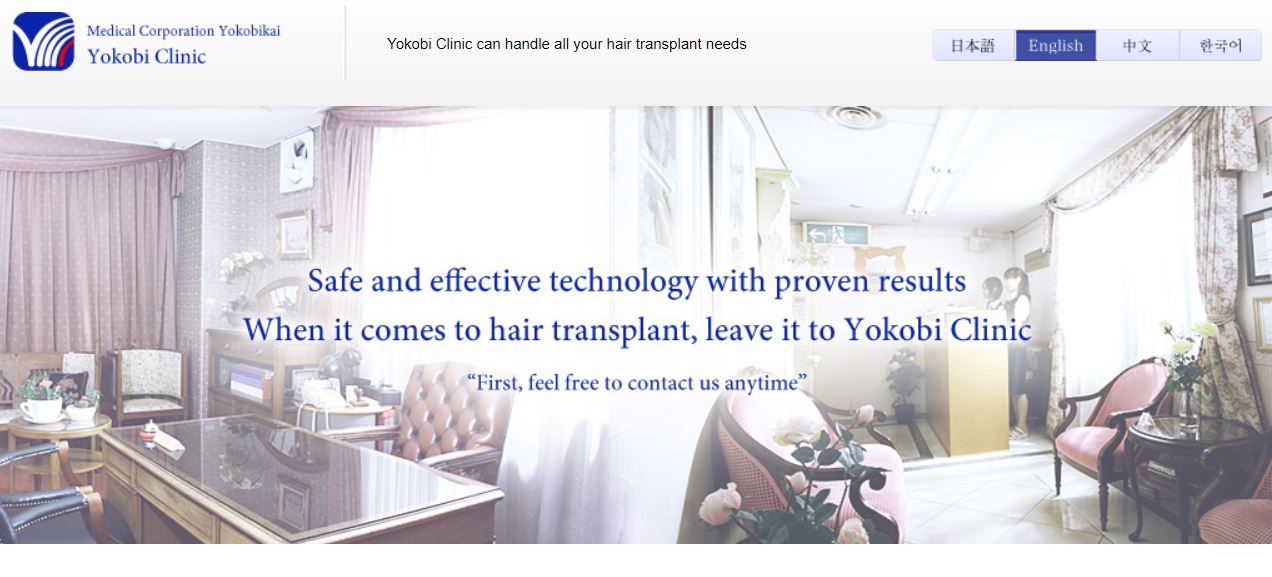
Next on our list is Yokobi Clinic. This is a dermatology clinic located in Yokohama that has a long history and experience with hair transplants. The director of the clinic, Dr. Imagawa, is the first Japanese to have been certified by the ABHRS (American Board of Hair Restoration Specialists).
Treatments performed here include FUT (Follicular Unit Transplantation) and SMP(Scalp Micro Pigmentation) which include the latest technology in hair transplant.
Yokobi Clinic offers information on their website in English, Chinese, and Korean. You can make a free-of-charge consultation via email. You can send pictures so that the doctor can consult you.
Information
 Access Access |
7-minute walk from Yokohama Station (West Exit) |
|---|---|
 Business Hours Business Hours |
9:00 〜 18:00 |
 Closed Closed |
Sundays and Wednesdays |
 Reservation Reservation |
Required |
 Telephone Number Telephone Number |
045-311-8811 |
 Official Website Official Website |
https://www.yokobikai.or.jp/en/ |
3. Arts Ginza Clinic
The third clinic on this list is Arts Ginza Clinic.
This clinic is not only specialized in dermatology but also has a branch for Stem cell therapy which attends patients that had cerebrovascular accidents or spinal cord injuries.
Here, they specialize in the FUE (Follicular unit extraction) method which is common for treating AGA patients.
Although they don’t have an English website, you can find the information at the following link.
Information
 Access Access |
3-minute walk from Shinbashi Station (JR-Lines and Subway) |
|---|---|
 Business Hours Business Hours |
11:00 - 20:00 (weekdays), 10:00 - 19:30 (weekends) |
 Telephone Number Telephone Number |
+81 3-6280-6106 |
To conclude
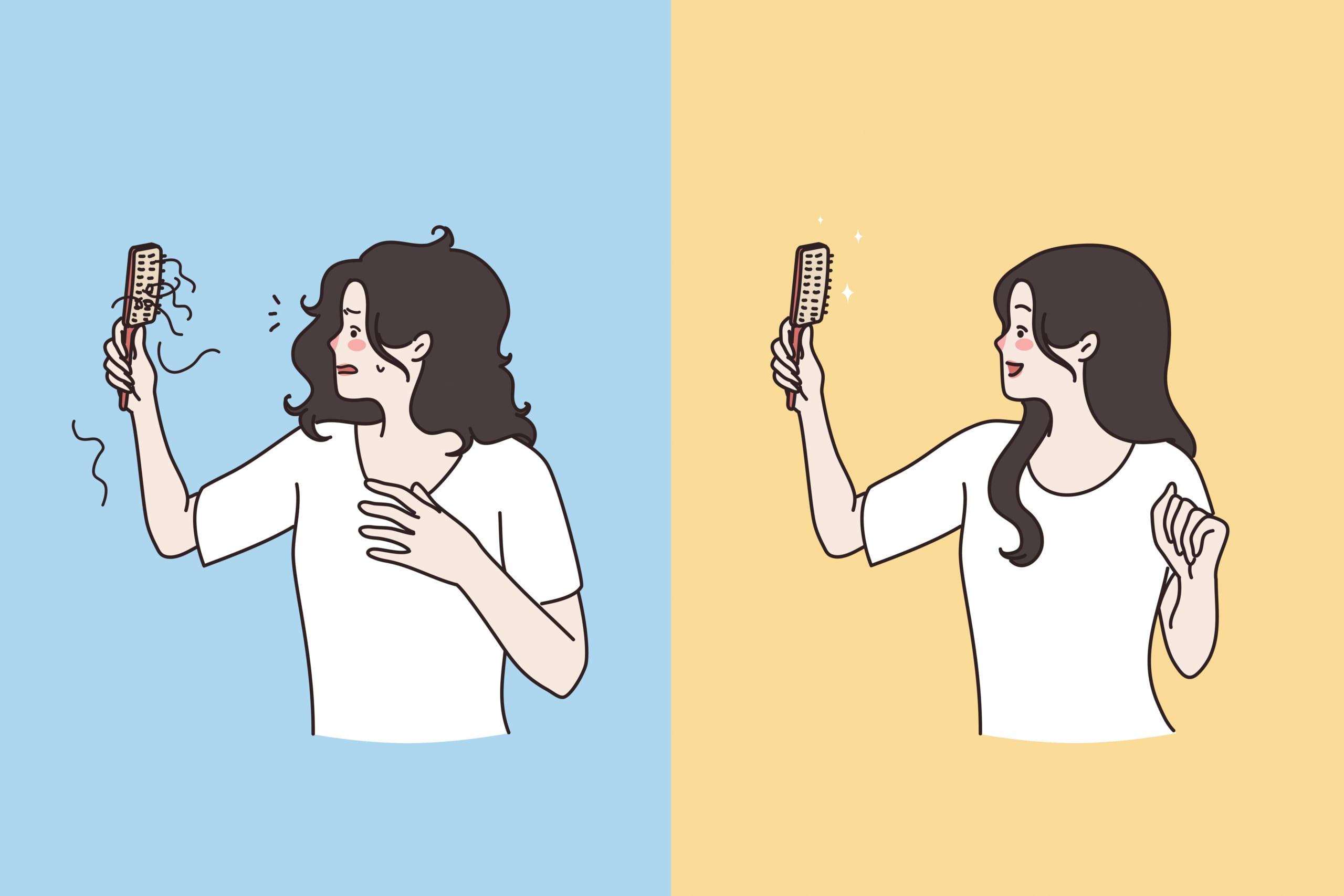
Hair loss has become one of the common health issues, for many alopecia cases, there are treatments that will stop hair loss and even help you regrow some hair. Alternative remedies, dietary and lifestyle changes, or over-the-counter medication can, in a way, improve the condition of falling hair. But as Nathan Hawkshaw, one of the researchers of the University of Manchester said during his interview with BBC about hair loss, “It’s important to see a certified dermatologist,”. Which we recommend you do when you’re experiencing sudden or extreme hair loss.
I hope this article was helpful. Many would think that there’s no way to search for multilingual help in Japan when it comes to hair loss problems.
But now you know there are some options that will get you closer to solving this problem.
If you are looking for other kinds of clinics in Japan that offer multilanguage services, check out these other articles.
▽Related Articles▽
▼Editor’s Picks▼
Written by









